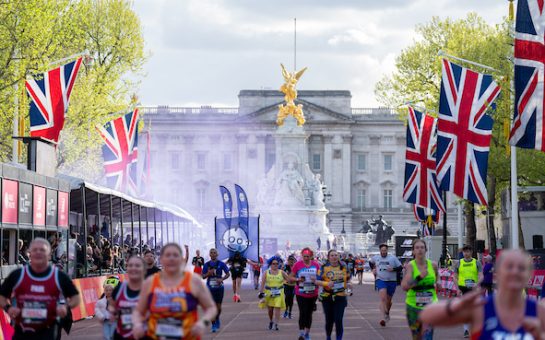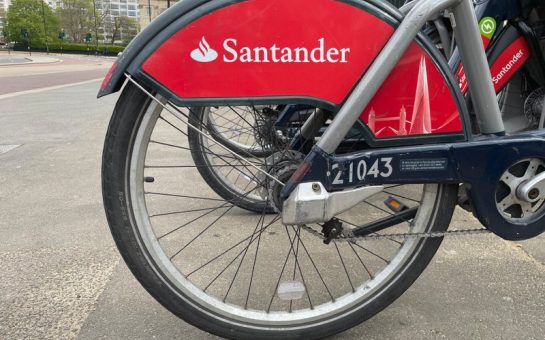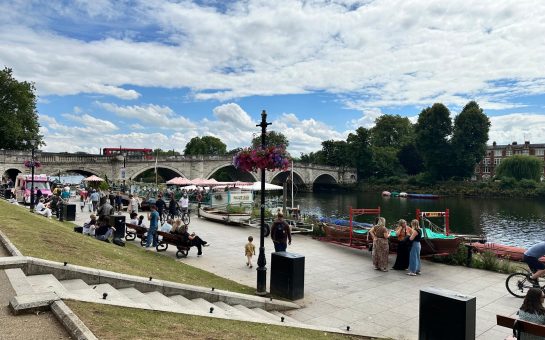Art transport for exhibitions and art fairs is not merely about moving pieces from point A to point B; it’s a symphony of preparation, coordination, and unwavering attention to detail.
Every brushstroke, every contour of a sculpture, holds a narrative that must be preserved through careful handling and climate-controlled environments.
The success of an exhibition hinges not only on the creativity of the artworks but also on the flawless execution of their journey from studio to gallery.
For those trying to find the best movers London has to offer, ensuring your artwork’s safe journey from studio to gallery is an essential part of a successful exhibition.
This article explores the intricate dance of planning and logistics essential to ensuring artwork arrives safely and on time for exhibitions and art fairs.
From the selection of transport providers to the meticulous unpacking and installation at the venue, each step plays a crucial role in showcasing art at its finest while preserving its integrity for generations.
Join us as we delve into the world behind the velvet curtains, where every masterpiece finds its stage through the artistry of transport.
Preparing Artwork for Transport
Packing Considerations
When preparing artwork for transport, selecting suitable packing materials and techniques is crucial to ensure its safe arrival at its destination, whether for an exhibition or art fair.
Different types of artwork, such as paintings, sculptures, and fragile pieces, require specific handling to prevent damage.
- Packing Materials: Sturdy cardboard or wooden crates with soft, acid-free materials like foam or archival paper provide essential protection against impacts and environmental fluctuations for paintings. Custom-built crates or boxes that accommodate sculptures’ shape and size, often padded with foam or bubble wrap to absorb shocks during transit, benefit sculptures.
- Specialized Padding: Utilizing specialized padding materials such as foam inserts or custom-cut supports inside crates ensures that delicate elements of sculptures or intricate parts of paintings remain secure and immobile throughout the journey.
- Climate-Control Solutions: Artwork sensitive to temperature and humidity variations demands climate-controlled packing solutions. This may involve desiccants or humidity indicators inside crates, ensuring optimal conditions are maintained to prevent deterioration or warping.
Documentation and Inventory
Beyond physical protection, meticulous documentation and inventory management are pivotal in safeguarding artwork and facilitating its transport.
- Detailed Documentation: Comprehensive condition reports detailing the artwork’s current state are essential before packing begins. These reports include notes on any existing damage or fragile areas. Packing lists should itemize each artwork and its corresponding packing materials, ensuring nothing is overlooked during preparation.
- Digital Documentation: Alongside physical records, digital photographs of each artwork from multiple angles serve as critical references. These images document the artwork’s condition pre-transport, providing a visual baseline against which any post-transit changes can be assessed.
- Inventory Management: Implementing a robust inventory management system helps track each piece throughout the transport process. Barcoding or labeling crates and corresponding paperwork with unique identifiers facilitates accurate tracking and quick retrieval upon arrival. This meticulous approach minimizes the risk of loss or mishandling during transit, ensuring artworks are accounted for at every stage.
Logistics Planning for Exhibitions and Art Fairs
Timeline and Scheduling
Effective logistics planning ensures artworks arrive safely and on time for exhibitions and art fairs, requiring meticulous attention to timelines and scheduling.
- Planning Timelines: Establish clear timelines for each phase of the transport process, including packing, transportation, and unpacking at the exhibition venue or art fair. Allocate sufficient time for packing artworks securely, considering their size, fragility, and transportation requirements.
- Strategies for Managing Schedules: Given the dynamic nature of art logistics, prepare contingency plans to manage tight schedules and accommodate last-minute changes. Maintain open communication with transport providers and exhibition organizers to adjust schedules as needed, ensuring artworks are delivered punctually without compromising safety.
Transportation Modes and Routes
Choosing the appropriate transportation modes and planning efficient routes are critical decisions that impact the success of art transport for exhibitions and art fairs.
- Transportation Modes: Assess transportation modes—air, sea, or ground—based on the distance to be covered and the urgency of delivery. Air transport offers speed for long distances, while sea transport may be suitable for bulkier or less time-sensitive shipments. Ground transport provides flexibility for local or regional deliveries.
- Route Planning: Optimize route planning to minimize travel time and maximize security. Consider traffic patterns, potential road hazards, and weather conditions affecting transit times. Choose routes prioritizing safe handling and climate-controlled environments where necessary, ensuring artworks arrive pristine.
Installation and Setup at the Venue
Professional art handlers ensure artworks are safely transported, unpacked, installed, and arranged for display at exhibitions and art fairs.
- Role of Art Handlers: Trained art handlers specialize in unpacking artworks from transport crates with meticulous care to prevent damage. They possess expertise in handling various types of artwork, including paintings, sculptures, and delicate installations.
- Installation Techniques: Art handlers employ precise installation techniques tailored to each artwork’s specifications and venue requirements. This includes securely mounting paintings, strategically placing sculptures, and ensuring proper lighting and viewing angles to enhance artistic impact.
- Compliance with Venue Regulations: Art handlers adhere to venue regulations and guidelines governing art installation and display. This may involve weight restrictions, spatial considerations, and safety protocols to safeguard artworks and visitors.
Security and Condition Monitoring
Maintaining security and monitoring environmental conditions are critical to preserving artwork integrity throughout the exhibition.
- Security Measures: Implement stringent security protocols during installation and exhibition to prevent theft, vandalism, or unauthorized access. This includes employing security personnel, surveillance systems, and restricted access to exhibition areas.
- Environmental Monitoring: Continuously monitor ecological conditions such as temperature, humidity levels, and light exposure to mitigate potential risks to artworks. Utilize climate-control systems and sensors to maintain stable conditions that preserve artwork materials and integrity.
- Condition Assessment: Conduct regular inspections and condition assessments of artworks during the exhibition period. Document any changes in condition or unforeseen issues promptly to initiate remedial actions, such as adjustments to climate control or additional security measures.
Conclusion
As artworks find their place under the spotlight of exhibitions and art fairs, the meticulous orchestration of installation and setup emerges as a vital art form.
With their expertise and precision, professional art handlers transform each piece’s careful unpacking and positioning into a seamless symphony of aesthetic presentation and logistical mastery.
By adhering to venue regulations and implementing robust security measures, they ensure the safe display and the preservation of artistic integrity throughout the exhibition.
Beyond the artistry of placement, continuous monitoring of environmental conditions safeguards against the subtle threats of fluctuating climates and light exposure, maintaining artworks in pristine condition for all to admire.
This harmonious blend of artistry and logistics underscores the commitment to excellence that defines every successful exhibition and art fair, where each artwork’s journey from crate to display exemplifies the dedication to honouring creativity with care.





